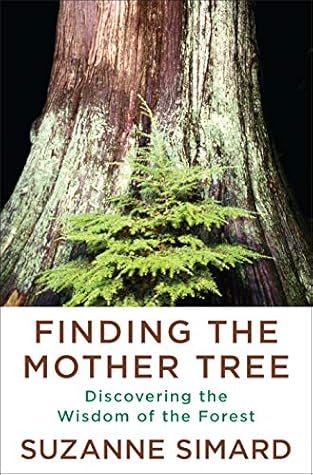More on this book
Community
Kindle Notes & Highlights
Read between
June 1 - July 11, 2021
We emphasize domination and competition in the management of trees in forests. And crops in agricultural fields. And stock animals on farms. We emphasize factions instead of coalitions. In forestry, the theory of dominance is put into practice through weeding, spacing, thinning, and other methods that promote growth of the prized individuals. In agriculture, it provides the rationale for multimillion-dollar pesticide, fertilizer, and genetic programs to promote single high-yield crops instead of diverse fields.
The cohesion of biodiversity in a forest, the musicians in an orchestra, the members of a family growing through conversation and feedback, through memories and learning from the past, even if chaotic and unpredictable, leveraging scarce resources to thrive. Through this cohesion, our systems develop into something whole and resilient. They are complex. Self-organizing. They have the hallmarks of intelligence. Recognizing that forest ecosystems, like societies, have these elements of intelligence helps us leave behind old notions that they are inert, simple, linear, and predictable. Notions
...more
seedlings could be intermediate nodes between distant Mother Trees and would eventually become Mothers themselves. This unbroken line between the old and the young, the link between generations, as with all living things, is the legacy of the forest, the root of our survival.


